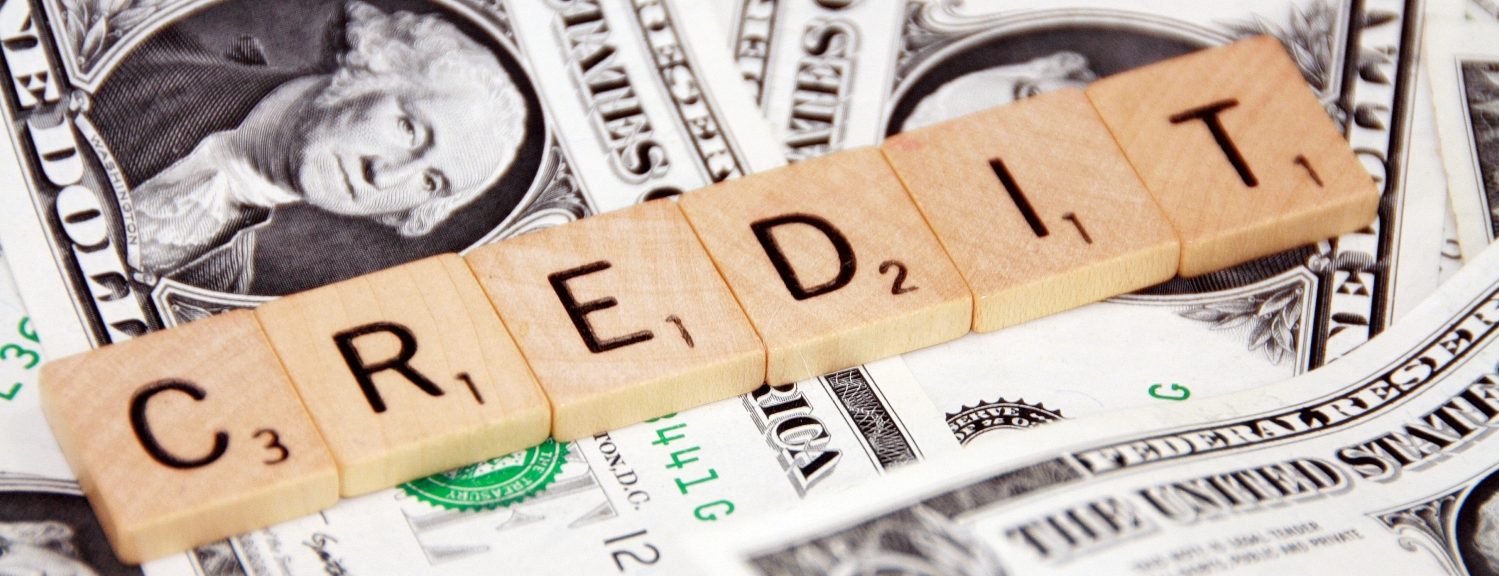The government’s decision to freeze income tax thresholds means nearly 3 million low- and middle-income people in England, Wales and Northern Ireland will have to pay basic or higher-rate tax for the first time this year while existing taxpayers will also have to stump up more.
There was no mention of this in Jeremy Hunt’s budget speech but that is because he had already said in November that personal tax thresholds are going to stay the same until 2028.
However, on Thursday, the Institute for Fiscal Studies (IFS) thinktank issued new figures showing what this is likely to mean for people. The freezing of income tax and national insurance allowances and thresholds will cost most basic rate taxpayers £500 from April and most higher rate taxpayers £1,000. Those who only move into tax or into a higher rate would face a smaller increase.
Freezing tax thresholds is an under-the-radar way of raking in extra billions to boost the Treasury’s coffers
The policy results in what economists call “fiscal drag”, a term that describes the stealthy process of dragging more Britons into paying income tax and pushing others into a higher tax band.
Traditionally tax brackets are adjusted to keep pace with inflation; however, they have been frozen in cash terms since April 2021. This means that as incomes rise, more low earners are pulled into paying the 20% basic-rate income tax (which kicks in at £12,571) and those with earnings nearing £50,000 tip into the higher 40% rate (which kicks in at £50,271). (Note, Scotland’s income tax rates and thresholds are set by the Scottish parliament.)
 View image in fullscreenFiscal drag also has implications for child benefit. Photograph: ChristinLola/Getty Images/iStockphoto
View image in fullscreenFiscal drag also has implications for child benefit. Photograph: ChristinLola/Getty Images/iStockphoto
The fiscal drag net will bring in an extra 1.7 million basic-rate taxpayers and 1.2 million higher rate taxpayers in the new financial year, which starts next month, according to the IFS but the ranks of new recruits will continue to swell.
The Office for Budget Responsibility, the government’s independent economic forecaster, estimates that there will be 3.2 million new taxpayers, 2.1 million more higher rate taxpayers and 350,000 additional-rate taxpayers in five years’ time than would have been the case if thresholds had kept up with inflation, according to the OBR.
Jeremy Hunt’s budget is a tough sell – except to the top 1%Read more
At an individual level, if a person is making £51,000 and receives an annual pay rise of 3%, without adjusting personal allowances and thresholds to take account of inflation, they will have paid an additional £8,632 in income tax after six years, with their annual tax bill rising from £8,444 this tax year to £11,791 in the 2027-28 tax year, according to Blick Rothenberg, an advisory firm.
Fiscal drag also has implications for child benefit. The £50,000 threshold at which point higher earners start having child benefit clawed back has remained unchanged since the measure was introduced in 2013, meaning more parents are having to pay some of it back.
Families lose a proportion of their child benefit where either parent makes between £50,000 and £60,000. This is known as the high income child benefit charge. It is tapered, so the more you make more than £50,000 a year, the more you need to pay back, until you get to £60,000 and over, when you have to pay it all back. If you move into the sights of this charge, you need to fill in a self-assessment tax return.
“Fiscal drag is unfortunately very hard to plan for,” says Robert Pullen, a partner at Blick Rothenberg.
“The current government are freezing most allowances and bands until 2027-28, by which time inflation will have made a significant impact and dragged more people into tax for the first time, or into a higher rate.”
Individuals should make sure they are accessing all of the reliefs and allowances they are entitled to, Pullen advises.
This includes the personal savings allowance, which is £1,000 for a basic-rate taxpayer and £500 for a higher-rate payer.
It’s worth considering whether you can pay in more than you are at the momentHargreaves Lansdown’s Sarah Coles
It is also possible to claim tax relief for charitable donations or pension contributions, which can extend the basic-rate band limit.
Also, think about holding your investments in a tax-efficient way, such as through Isas and jointly with spouses or civil partners, which could double the allowances available, he adds.
If you can afford to, why not consider putting more money into your pension, says Sarah Coles, the head of personal finance at the investment firm Hargreaves Lansdown.
“It’s worth considering whether you can pay in more than you are at the moment. Contributions to pensions attract tax relief at your highest marginal rate, and the first 25% taken from the pension is usually tax free,” she adds.
This article and subheading were amended on 22 March 2023 to clarify that these changes affect people in England, Wales and Northern Ireland.





